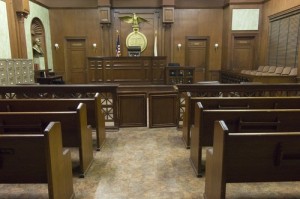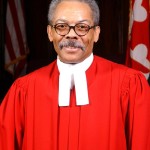Last week, the Court of Special Appeals of Maryland decided the case of Davis v. Martinez. This was an appeal where the trial court entered an order that permitted the underinsured motorist insurer (State Farm) to participate in the trial anonymously. State Farm was never identified to the jury, the jury was not told about the plaintiffs’ claims against State Farm; the jury was never told who State Farm’s lawyer represented, and the jury was never told that State Farm’s expert medical witness was testifying on behalf of State Farm.
I know what you’re thinking if you are a Maryland accident attorney – “But wait, doesn’t King v. State Farm say that the UIM carrier must be identified to the jury in cases where the insurer is a party?” Well, yes. That is exactly the holding in King. You’d think that would be the end, right? Of course not.
We have still been getting motions to conceal the identity of the UIM carrier, but where (unlike in King) the insurance company is not the only defendant. Instead of the insurance company bringing the motion, the motion is made by the negligent driver, who argues that they will be prejudiced because they may be more susceptible to a large verdict by being associated with an insurance company whom the jury may view as a “deep pocket.” They argue that King can be distinguished because there the insurer was the only defendant, so there was nobody else to be prejudiced. They claim that it is different when there is another party who could be harmed by identifying the insurance carrier.
Now, this is a stupid distinction, because the rationale in King was that it was an error to conceal the identity of a party to a lawsuit because doing so harmed the integrity of the jury system by permitting “charades at trial,” and causing juries to speculate about the identity of the parties and who the lawyers in the case represented. One defense attorney who has brought these motions has said that they are granted about half the time. Continue reading











